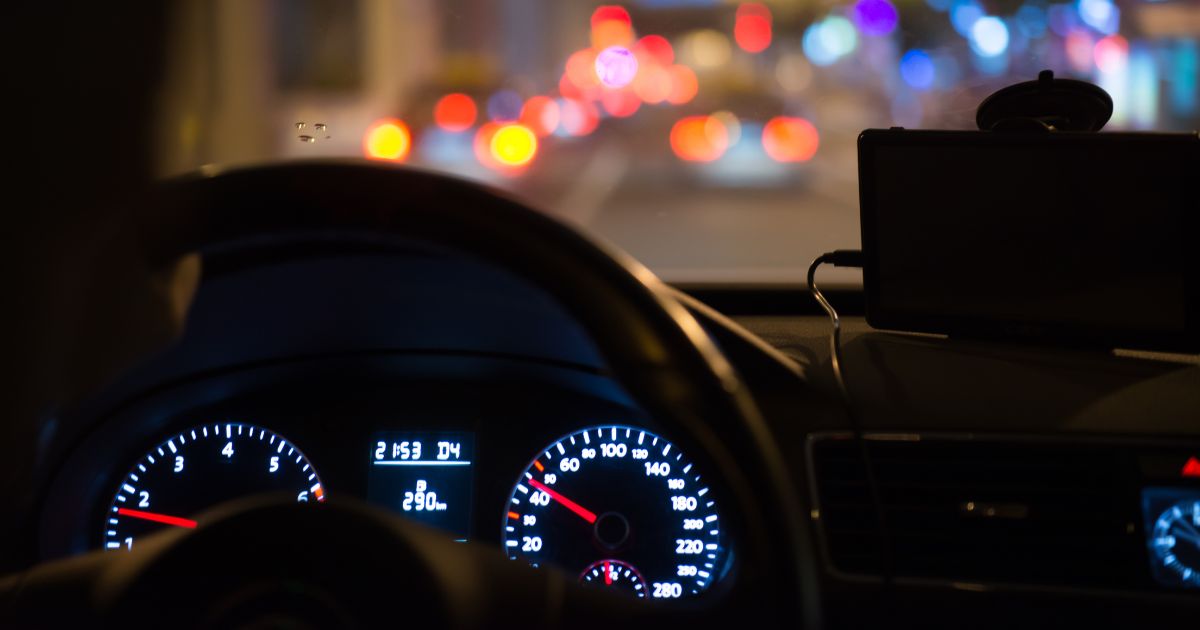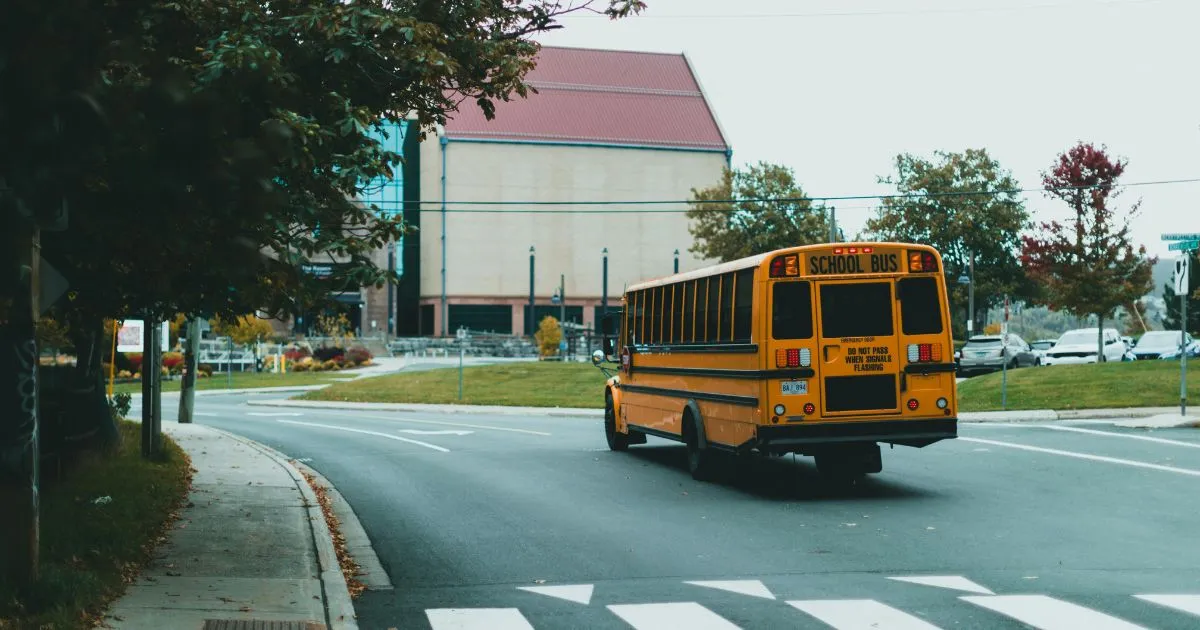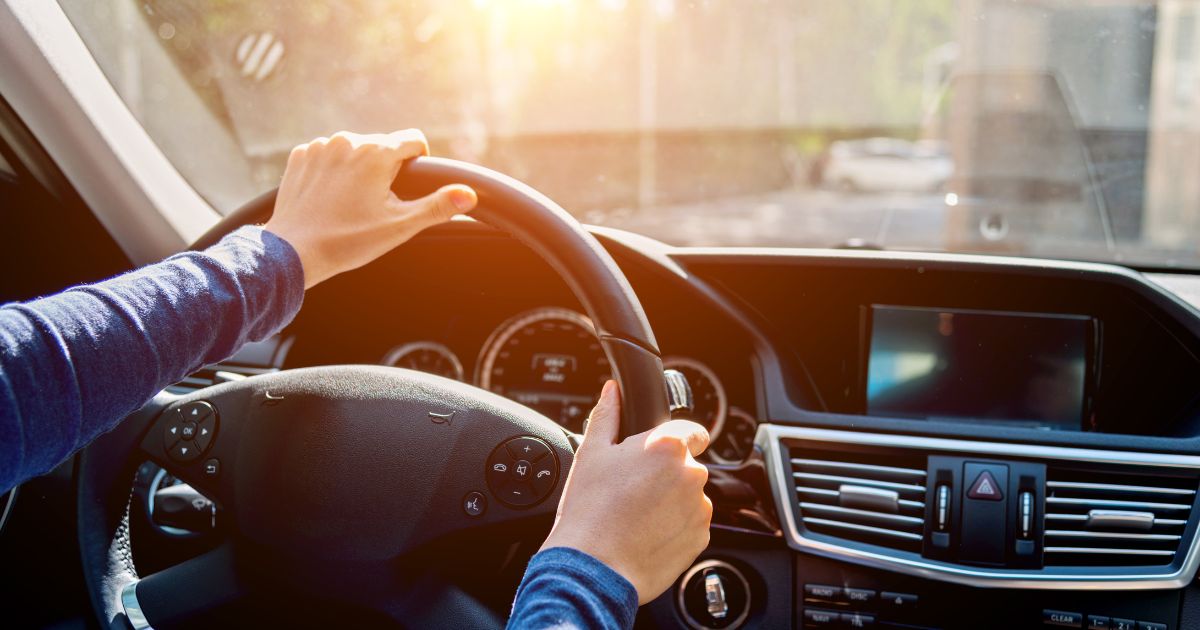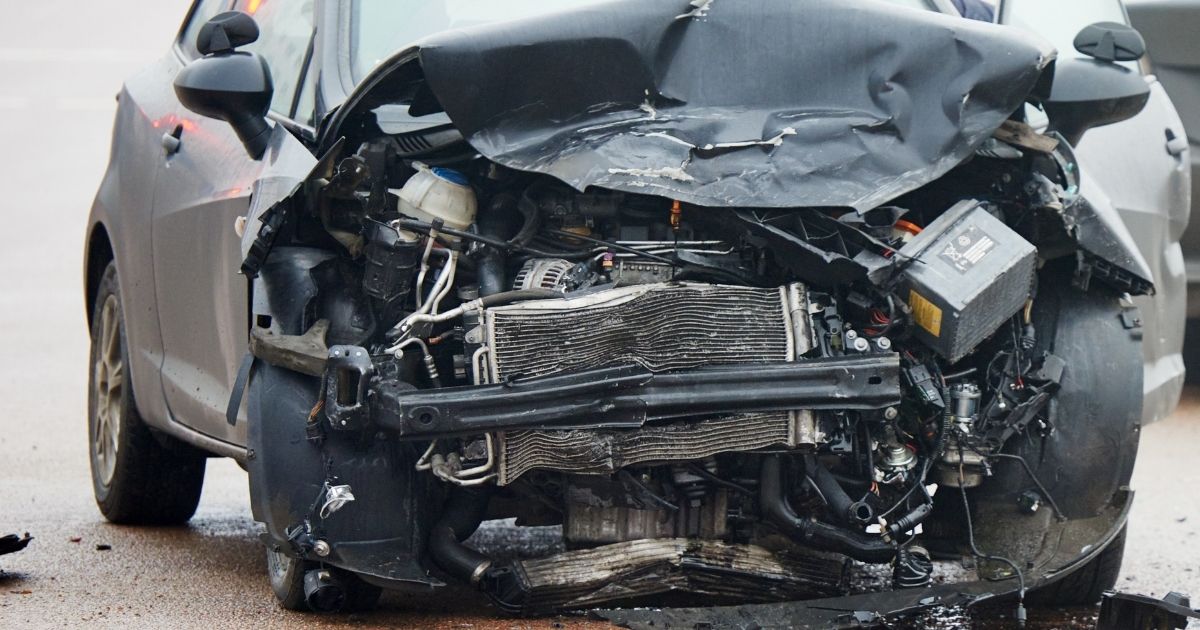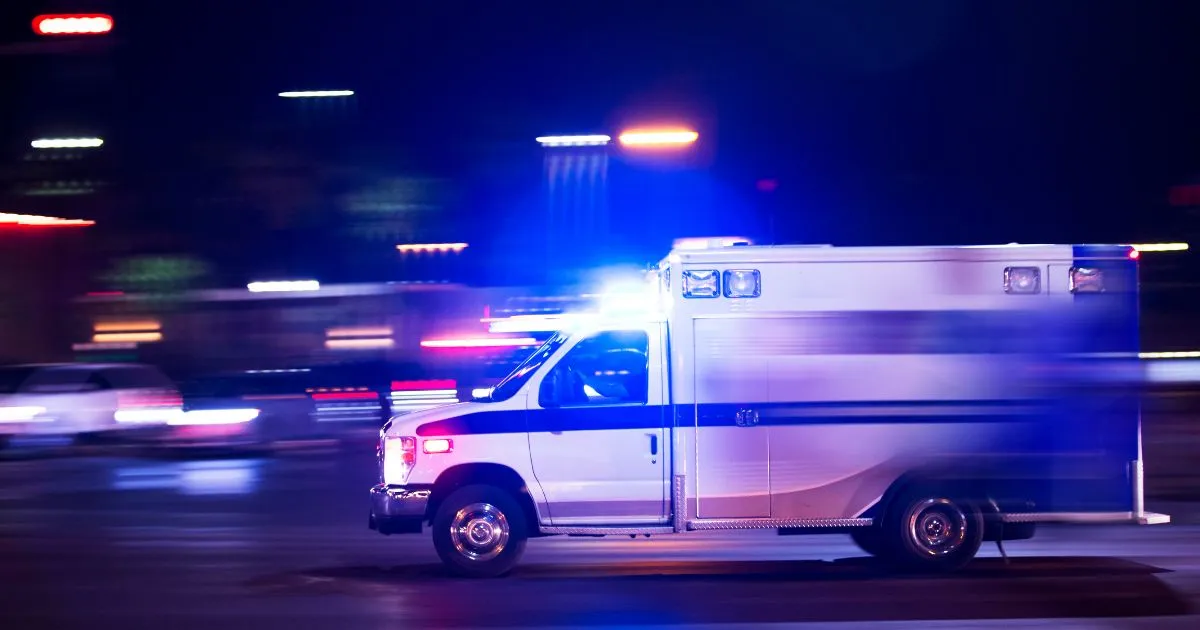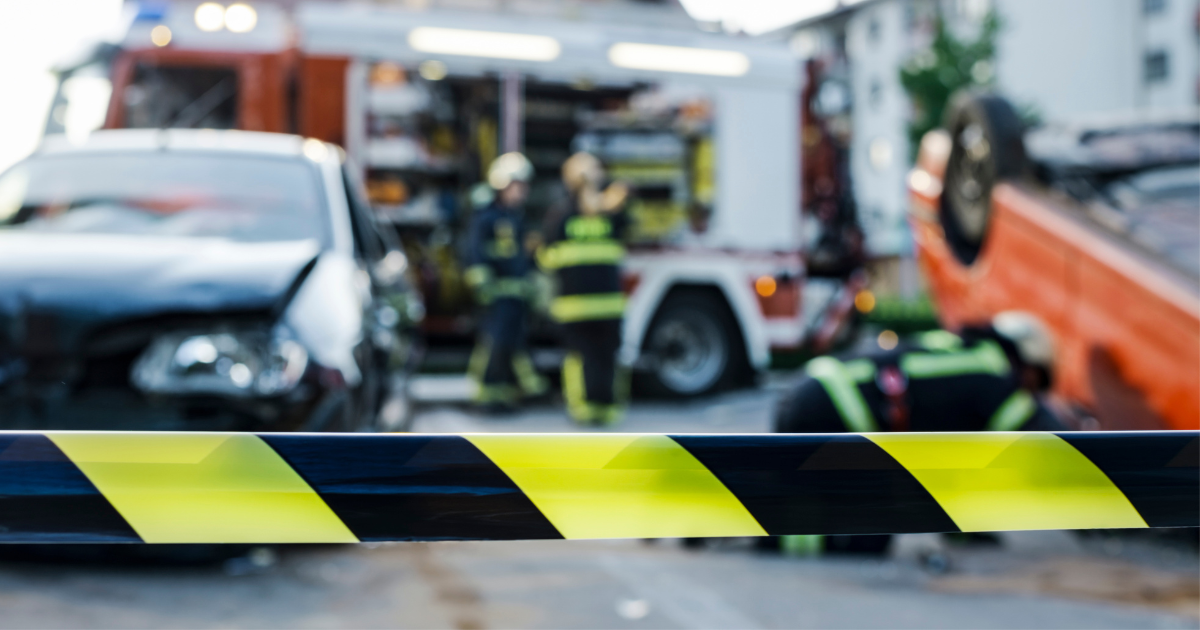Driving after dark inherently poses higher risks for car accidents, but most people must do it frequently. Even the most experienced motorists struggle with it from time to time. Nighttime driving demands heightened attention and cautious behavior, as hazards that are easily visible during the day can become difficult to detect in low-light conditions.
Why Is Driving at Night More Dangerous Than During the Day?
The main reason nighttime driving is more dangerous is the reduced visibility that makes it harder to see pedestrians, animals, and other vehicles. Headlights illuminate only a portion of the roadway, creating blind spots and limiting a driver’s ability to detect hazards in time. Additionally, the glare from oncoming headlights can temporarily impair vision.
How Does Reduced Visibility Contribute to Accidents?
Darkness drastically affects depth perception and color recognition, which are vital for safe driving. Even with headlights, the human eye struggles to adjust quickly between light and dark areas, especially when facing oncoming traffic. This can make it difficult to judge distances accurately or notice obstacles on the road.
How Does Fatigue Affect Nighttime Drivers?
Fatigue is another main cause of nighttime crashes. Many people are naturally more tired after sunset; others work long days and find it harder to focus. Drowsy drivers may experience slower reflexes, poor judgment, and even fall asleep behind the wheel. Fatigue can mimic the effects of alcohol impairment, making it dangerous for anyone operating a vehicle at night.
What Role Does Impaired Driving Play in Nighttime Collisions?
Driving under the influence of alcohol or drugs is more common at night, particularly on weekends. Impaired motorists often have diminished coordination, poor concentration, and slower decision-making abilities. Because visibility is already limited, these effects greatly heighten the chance of a serious collision.
Why Are Pedestrians and Cyclists at Greater Risk at Night?
Pedestrians and cyclists become harder to see when the lighting is poor. Without reflective clothing or lights, they can blend into the background until a vehicle is dangerously close. Drivers may not notice them crossing streets or traveling on the shoulder until it is too late to avoid an accident. This increased risk is particularly concerning in suburban and rural areas with limited street lighting.
Do Older Drivers Face Greater Challenges at Night?
Older motorists might have more difficulty driving at night because of age-related vision changes. For instance, cataracts or reduced peripheral vision can make bright lights more disorienting and dark environments harder to interpret. These factors can lead to slower reaction times and difficulty reading road signs, even when driving familiar routes.
What Effect Does Speed Have on Nighttime Safety?
Speeding reduces the time available to respond to unexpected hazards and extends the distance required to stop safely. At night, this problem worsens because visual cues that help gauge speed and distance are harder to perceive. When headlights illuminate only part of the roadway, driving too fast can lead to “overdriving” the headlights, meaning the driver cannot stop within the visible distance ahead.
How Can Drivers Reduce Their Risk When Driving at Night?
Motorists can improve nighttime safety by maintaining clean headlights and windshields, using high beams appropriately, and avoiding distractions such as cell phones. Staying rested and limiting driving after long days can also help prevent fatigue-related incidents. It is also important to reduce speed, increase following distance, and remain alert for wildlife or pedestrians that may appear suddenly on dark roads.
Cherry Hill Car Accident Lawyers at Pressman, Doyle, Bloom, & York Are Ready to Help With Your Nighttime Accident
If you need legal help after a motor vehicle accident occurring at night, contact our Cherry Hill car accident lawyers at Pressman, Doyle, Bloom, & York. We will thoroughly review your case and fight to secure appropriate compensation. Call us at 856-843-8990 or complete our online form today for a free consultation. We have offices in Cherry Hill, NJ, and Media, PA, and serve clients in New Jersey and Pennsylvania.

